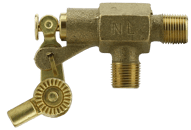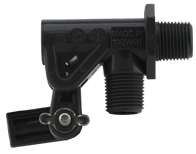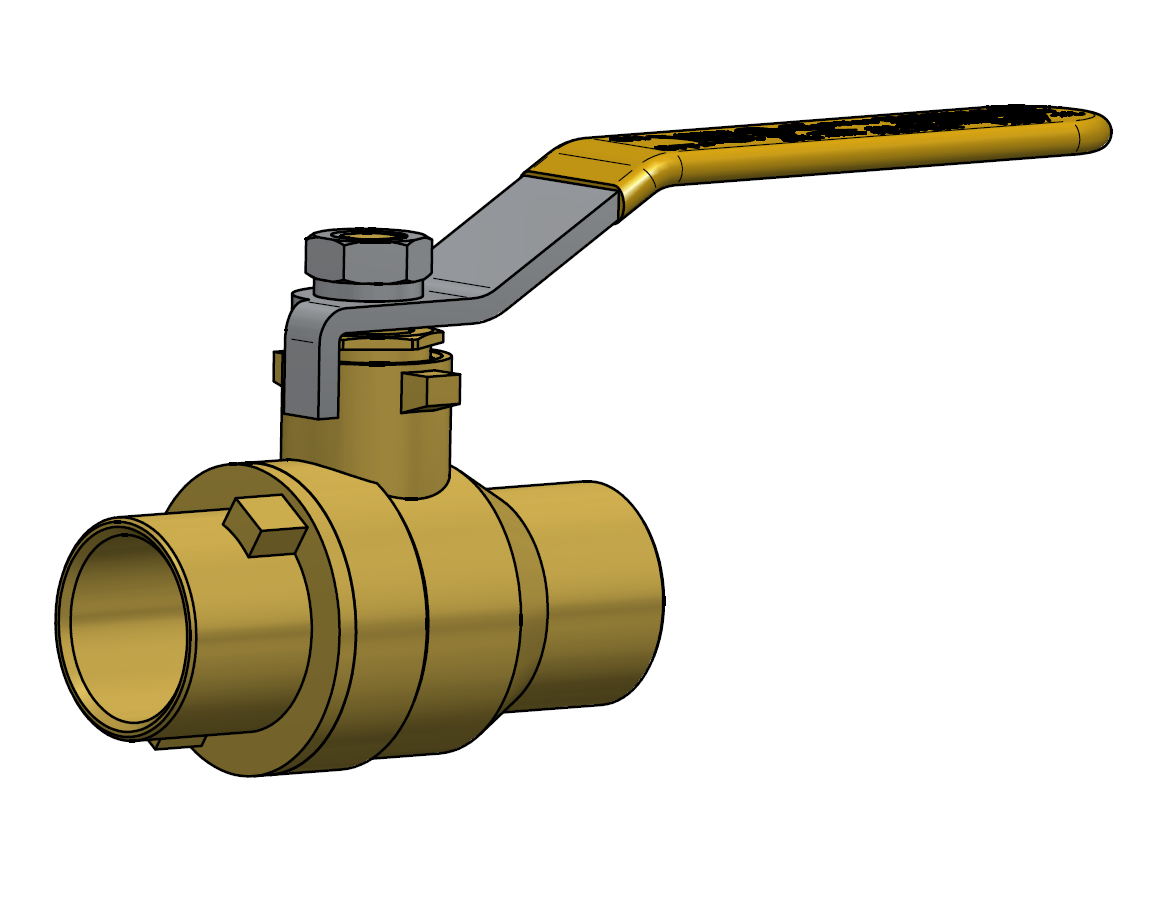BoshartU was born from a collaboration with multiple departments at Boshart like Quality Assurance, Research and development and Sales and Marketing. We write blogs to educate you on plumbing, water well, Waterworks, HVAC, irrigation, industrial, pool and spa and sump and sewage products.
We have created a series where we take our blogs, starting from the very beginning, and put them into videos.
To view all of our blogs that we have turned into videos, head to BoshartU & don’t forget to subscribe!
This video is based off of a blog we wrote called “Taking a Closer Look at Float Valves". The original blog was published on July 8, 2020. To view the original blog, check it out here. Or, read the transcript below.
Transcript
Introduction
Hi, I’m Braedlyn McEwen and today we are going to talk about Float Valves.
Have you ever wondered where float valves are used? You probably found one being used on the back of a toilet, but where else can you use float valves, and what exactly do they do?
Float valves are quite popular and are used in a wide range of applications.
In this video, we will take a look at some of the applications where float valves are mainly used and explore the different materials that float valves are available in. Then, we will end with a quick installation tip! Let's take a look.
What is a Float Valve?
A float valve is a device that can be used to control the level of fluid inside a tank. The float valve controls the level by opening and closing a valve in response to the changing levels. A basic float valve includes an air-filled float which is attached to an arm and sealed to ensure water does not enter.
response to the changing levels. A basic float valve includes an air-filled float which is attached to an arm and sealed to ensure water does not enter.
When the water level is low, the float hangs which keeps the valve open. When the water level starts to rise, the float starts to float on the surface causing the arm to move, eventually pulling the valve closed to stop the water from flowing. This process requires no human input, it's completely mechanical.
Common Types of Outlets
Typically, float valves come with either a threaded outlet, as seen on the left or a faucet type outlet, as seen on the right. Male (MPT) outlet connections allow for the addition of piping onto the discharge side of the valve or faucet type outlets.
Brass Float Valves
 Float valves are high capacity and feature an adjustable, short arm for customizing water levels. The outer threads on the inlet are a straight thread, allowing the nut to be tightened in order to compress the gasket, sealing the float valve firmly. Typical applications include car washes, cooling towers, swimming pools and high-pressure washes.
Float valves are high capacity and feature an adjustable, short arm for customizing water levels. The outer threads on the inlet are a straight thread, allowing the nut to be tightened in order to compress the gasket, sealing the float valve firmly. Typical applications include car washes, cooling towers, swimming pools and high-pressure washes.
PVC Float Valves
PVC float valves are ideal for applications if an automatic tank filling is required. Typically, PVC float valves are lower cost compared to stainless and are competitively priced compared to brass. PVC float valves include rust free stainless steel parts and have replaceable seals and gaskets that are designed for long life applications. PVC float valves are low maintenance and fully adjustable.
Typically, PVC float valves are lower cost compared to stainless and are competitively priced compared to brass. PVC float valves include rust free stainless steel parts and have replaceable seals and gaskets that are designed for long life applications. PVC float valves are low maintenance and fully adjustable.
Popular Industries
Float valves can be found in a large variety of applications including Agriculture and Industrial trades. They range from being used in direct acting situations to complex operations often found in Municipal applications. Occasionally, float valves can be found in automated water systems for livestock. When the drinking water for the animals lower, the float ball lowers with level of the water, opening the valve and allowing the tank to fill back up to the pre-set level.
Other common locations where you would find float valves are aquariums and the back of your toilet. The float valve can be adjusted to achieve a customized water level for the specific application.
Installation Tip
Consider carefully where you mount the float valve. It is important not to bend the stem, if possible. If you bend the stem too much, it shortens the effective length of the stem ultimately reducing the amount of leverage available to close the valve. Instead, you can adjust the liquid level with the short arm, a thumb screw and an adjusting screw. Keep in mind this may vary depending on the application and maximum inlet pressure.
In Summary:
Now that you know the vast areas that float valves can be found in, keep an eye out for them! Float valves allow peace of mind, ensuring that the tank does not overflow. Float valves may be small, but they play a vital role in controlling the flow of the liquid in the application where they are used.
This video is based off of a blog we wrote called “Taking a Closer Look at Float Valves". To view the original blog, check it out here.
Have further questions about this subject?
Head over to Boshart's Knowledge Base: technical product information, guidelines, and more.



.png)


SHARE